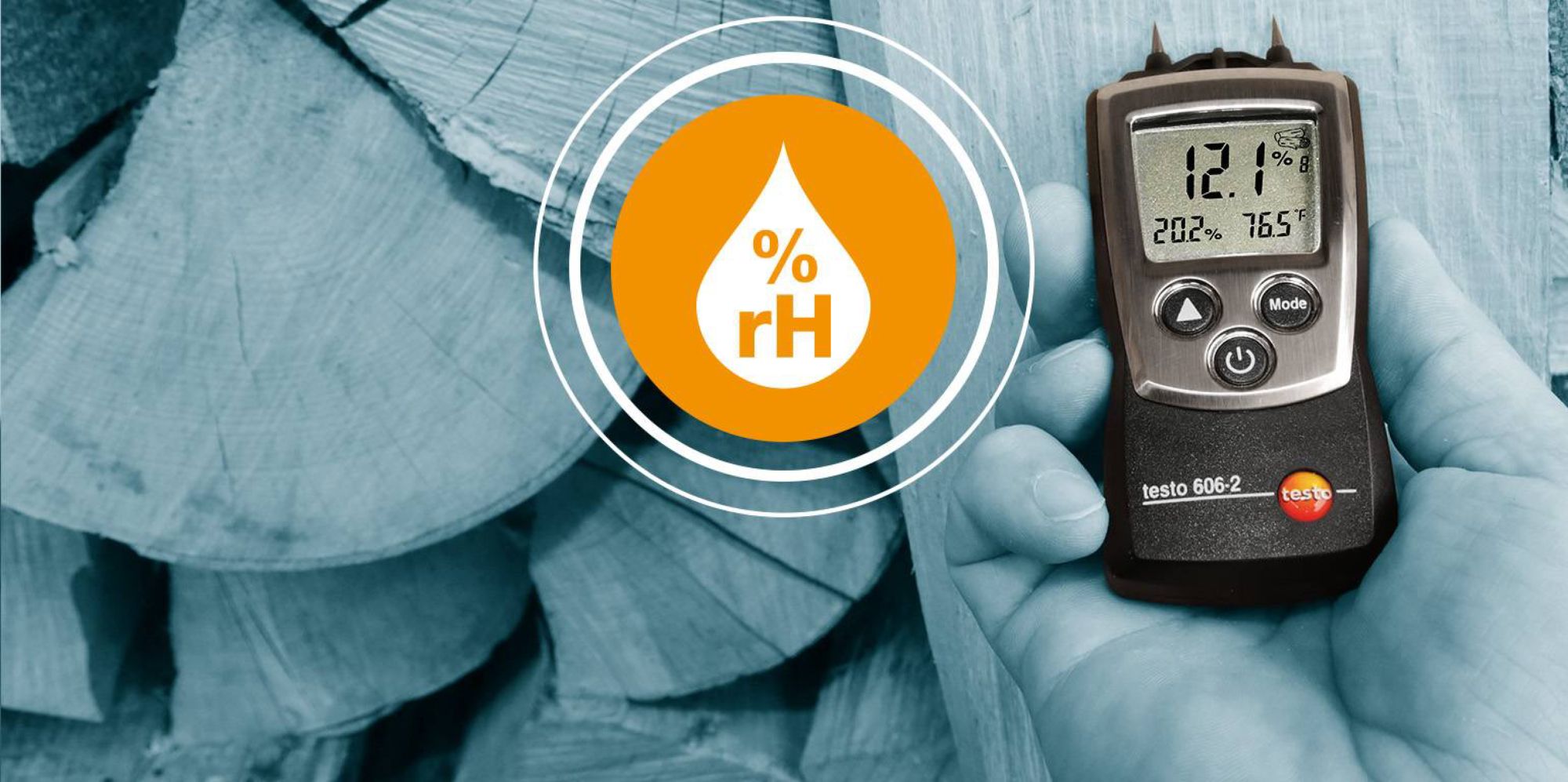Monitor the cold chain: Ensure food safety
Perishable foods are sensitive to changes in temperature. While fruit and vegetables ripen quickly and barely make it to the supermarket if they are stored and transported in conditions that are too warm, bacteria can multiply in meat and dairy products when heated. These, in turn, can cause serious illnesses. Therefore there must never be any gaps in the cold chain, but this can only be ensured through continuous monitoring. This monitoring will reveal weak areas that need to be addressed urgently. Special attention should therefore be paid to places where ambient temperatures may fluctuate due to irreversible influences: Windows and doors as well as transport vehicles or containers must be absolutely temperature-resistant. Testo measuring instruments must ensure compliance with the cold chain for food.
The following instruments are some of those available for this:
- Thermometers for monitoring temperatures
- Hygrometer for monitoring humidity
- Data logger for storing and evaluating the readings
- Transport logger for logistics
Brochure: Measurement technology cold chain
- Decision-making help: How to find the right measuring instrument
- Products in detailed comparison
Store and transport food safely
Almost all countries have to adhere to the HACCP concept, which represents an internationally binding quality concept designed to ensure food safety. These guidelines also deal with the storage and transport of food as well as the temperature to be maintained, which is not only safety-relevant but also influences the quality of the products. Food inspectors are responsible for monitoring the cold chain and ensuring that it is seamlessly maintained. They have to repeatedly check the temperatures in the warehouse and during transport, and document the data. This creates proof of the cold chain and compliance with it. This is a preventive measure, because food whose cold chain has been broken will spoil.
The interruption and its implications can no longer be reversed. It is important that critical control points in particular are detected and examined. Therefore every company that deals with food must have a self-monitoring system, via which critical points can be scrutinized in advance. Within the monitoring system, there are fixed limit values that must be observed and controlled. This is where Testo's measuring instruments come into play. Thermometers and hygrometers ensure consistent monitoring of the cold chain and can even be operated wirelessly via smartphone.
Examples of these measuring instruments are:
Transporting food: Do not interrupt the cold chain
During transport, meat, vegetables and fruit are removed from their previous storage location and placed in containers, crates or nets. They are loaded onto the transporter, running the risk of the cold chain being interrupted. It is also possible that it's not only during loading that the cold chain is faulty. The refrigeration unit of the transport vehicle may fail, which would result in the entire delivery being spoiled. It is therefore essential that the driver of the transport vehicle is immediately notified of any malfunction as soon as it becomes apparent. If the temperatures in the transport area rise, something must be done before critical limit values are exceeded. Temperature data loggers make food transport safer and ensure a seamless cold chain thanks to immediate countermeasures being taken in the event of a defect or fault.
- Uninterrupted monitoring and documentation
- With transport loggers and WiFi data logger systems
Protect consumer health
A seamlessly maintained cold chain is intended to ensure the health of consumers. They rely on the integrity of the agricultural products and on the fact that no pathogens or germs have appeared due to improper refrigeration. The penetration thermometer shows, during a check, whether the temperature inside the food corresponds to the temperatures on the surface. In some cases, it is possible that the external temperatures still comply with the legal requirements, but inside the food a temperature increase, and thus explosive germ reproduction, can be detected.
Safety for all involved
It may be interesting to note how perfectly healthy food can become hazardous to health due to impermissible interruption of the cold chain. In order to prevent this and to ensure safety for everyone involved with the products and, of course, for those who intend to enjoy them later, the temperature and humidity must be continuously monitored. This can be done on a customized basis using Testo thermometers. Whether you opt for an infrared, penetration or combination variant: these thermometers offer accurate quality monitoring and complete verification of the cold chain.
Overview: The most important measurement methods
- These temperature measurement options are available
- Advantages and disadvantages described in detail
Cold chain monitoring: Documentation required
Whether during the delivery of the food or during storage, during transportation or storage in the supermarket: the cold chain must be maintained at all times and, above all, must be verifiable. This requires permanent recording of the readings, which is no problem with Testo data loggers. Data can be collected and stored, and subsequently evaluated using these. Thanks to the monitoring system, changes become visible straight away and can be responded to immediately. By connecting to the Smart app, measurement protocols can be saved and sent right away as PDF or Excel files.
- continuous recording of temperature and humidity
- Individual solutions with the data loggers from Testo and the monitoring system testo Saveris 2
- Precise quality monitoring in delivery
- With infrared, penetration and combi thermometers
Food safety along the cold chain
Mastering challenges - maintaining the cold chain.
Safe food during uncertain times.









